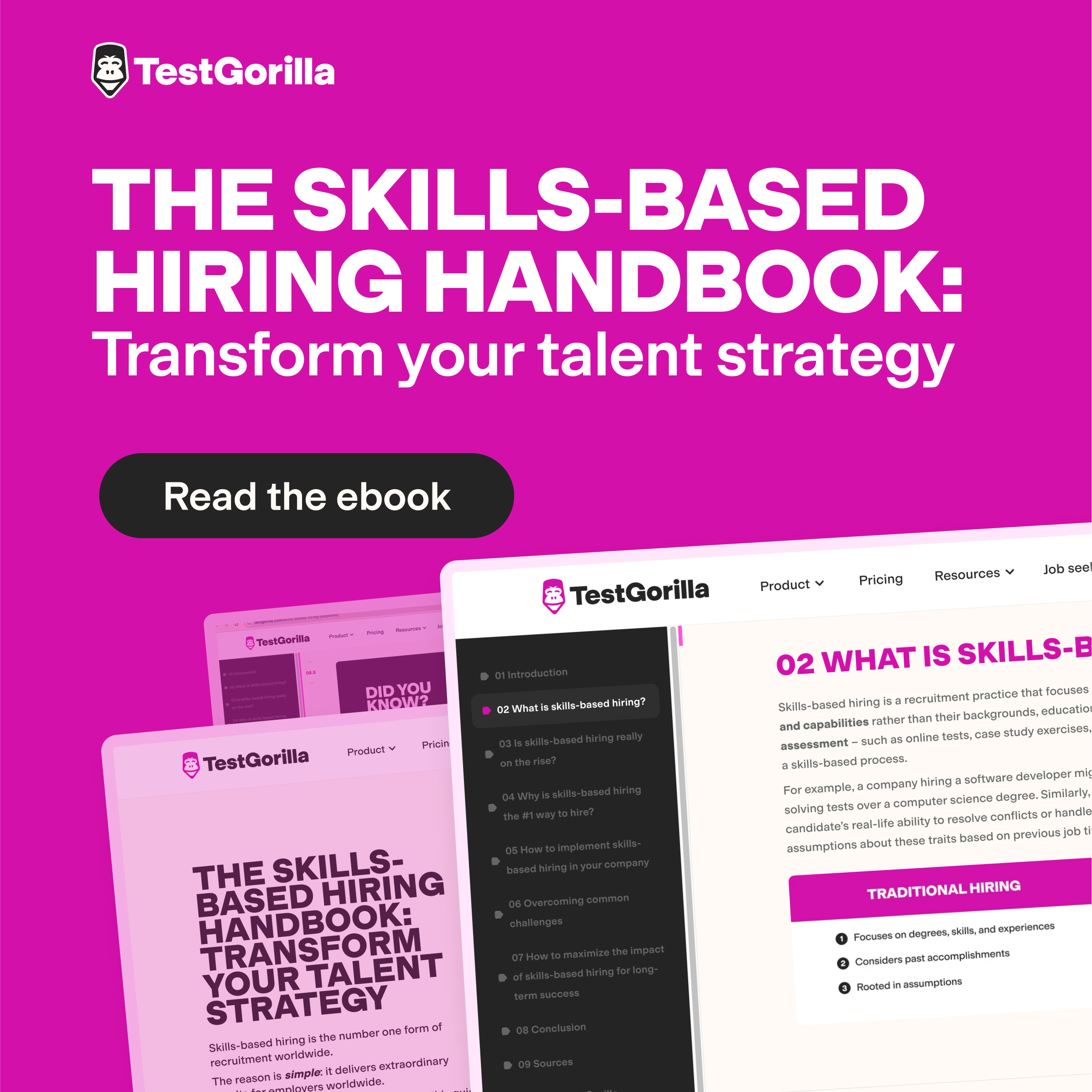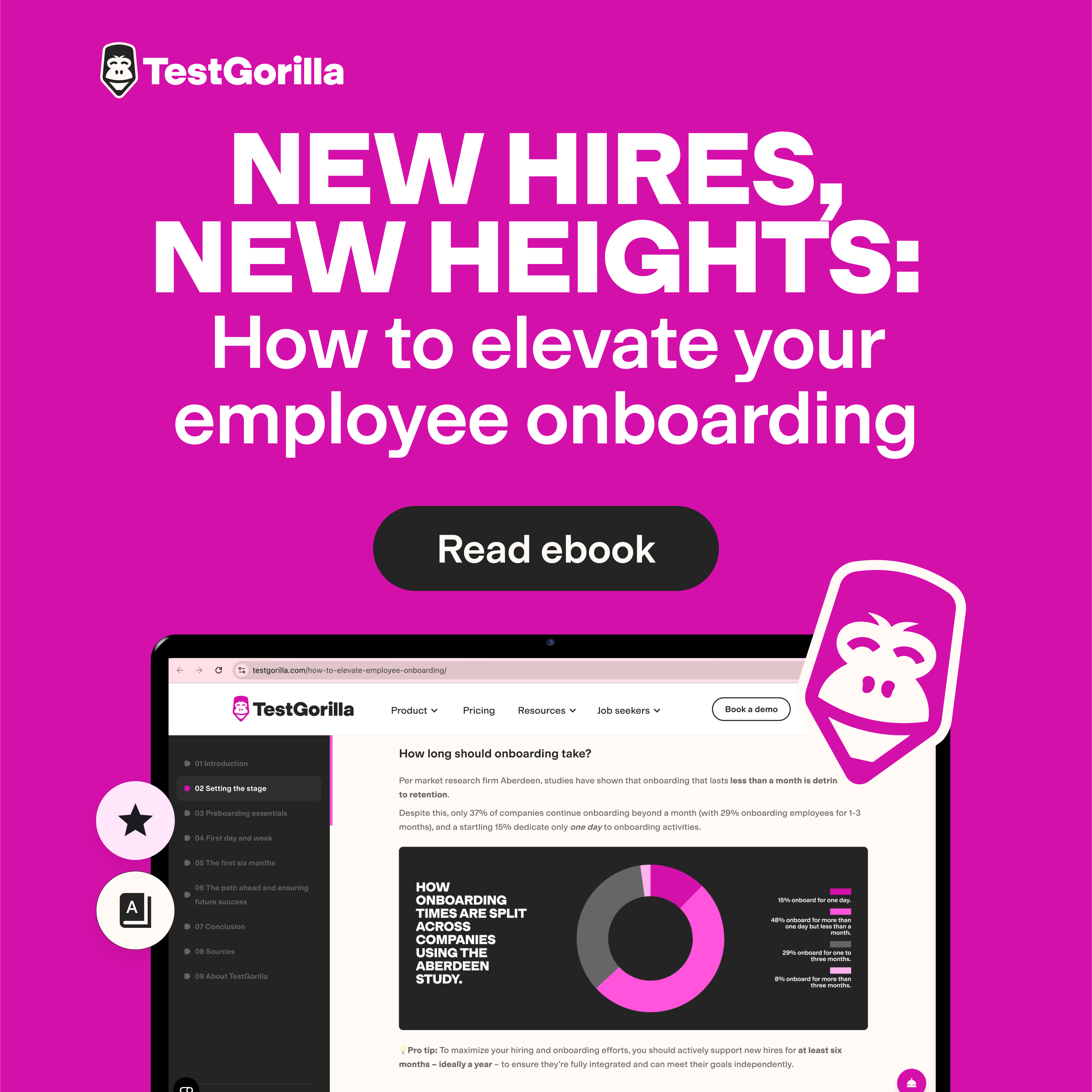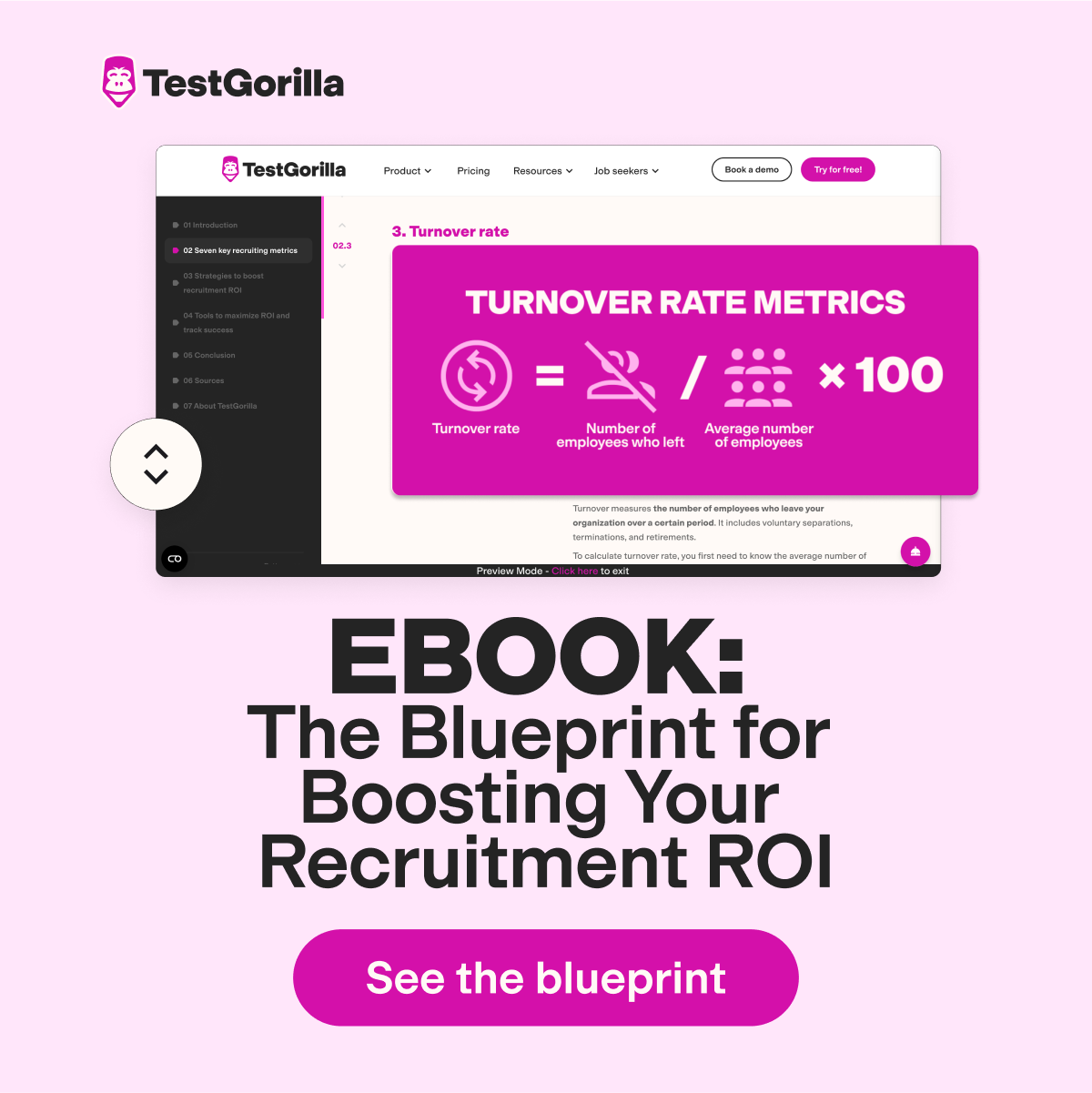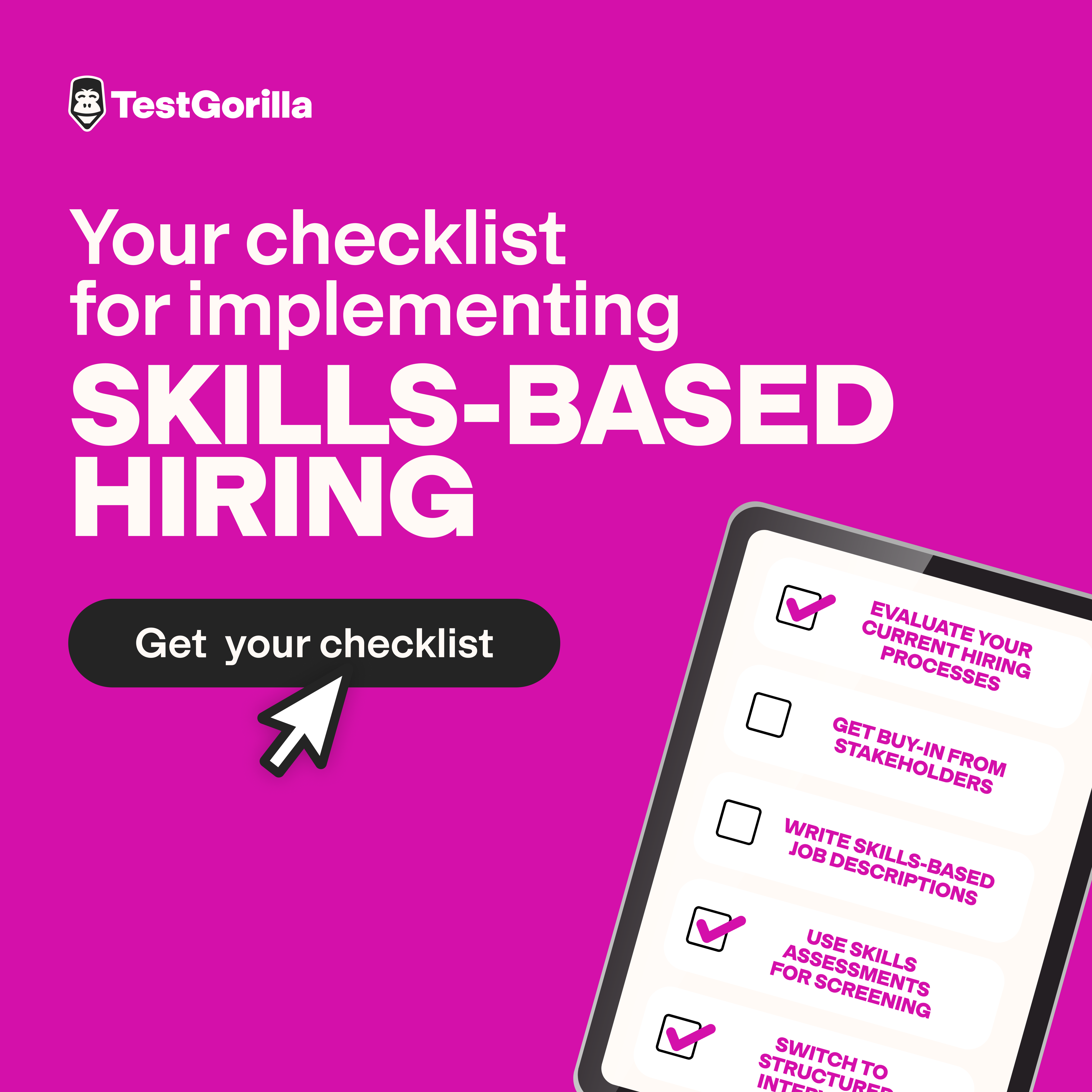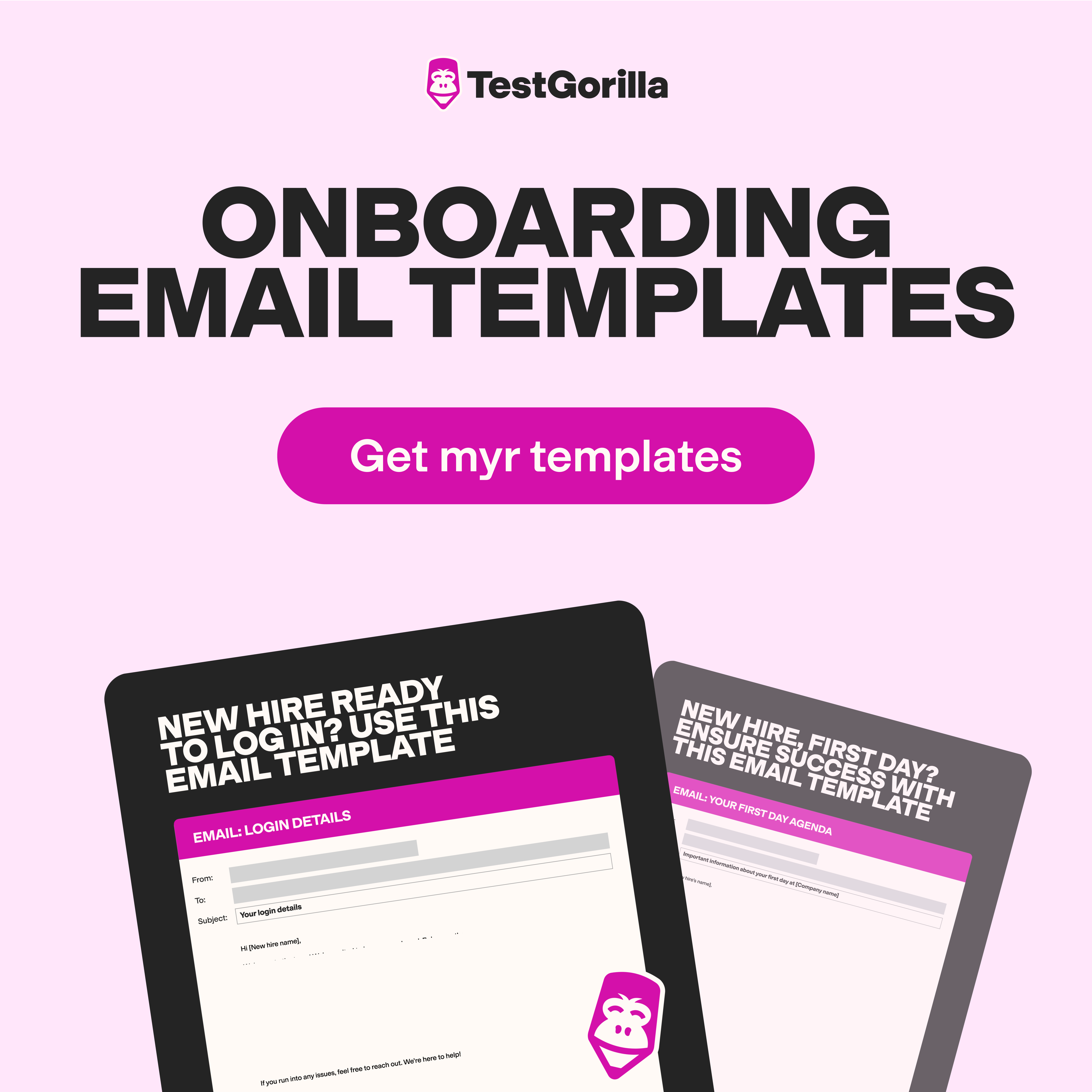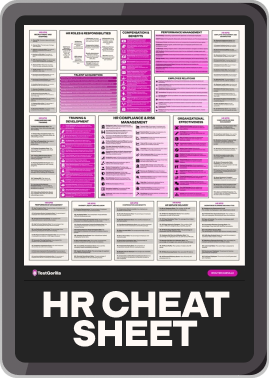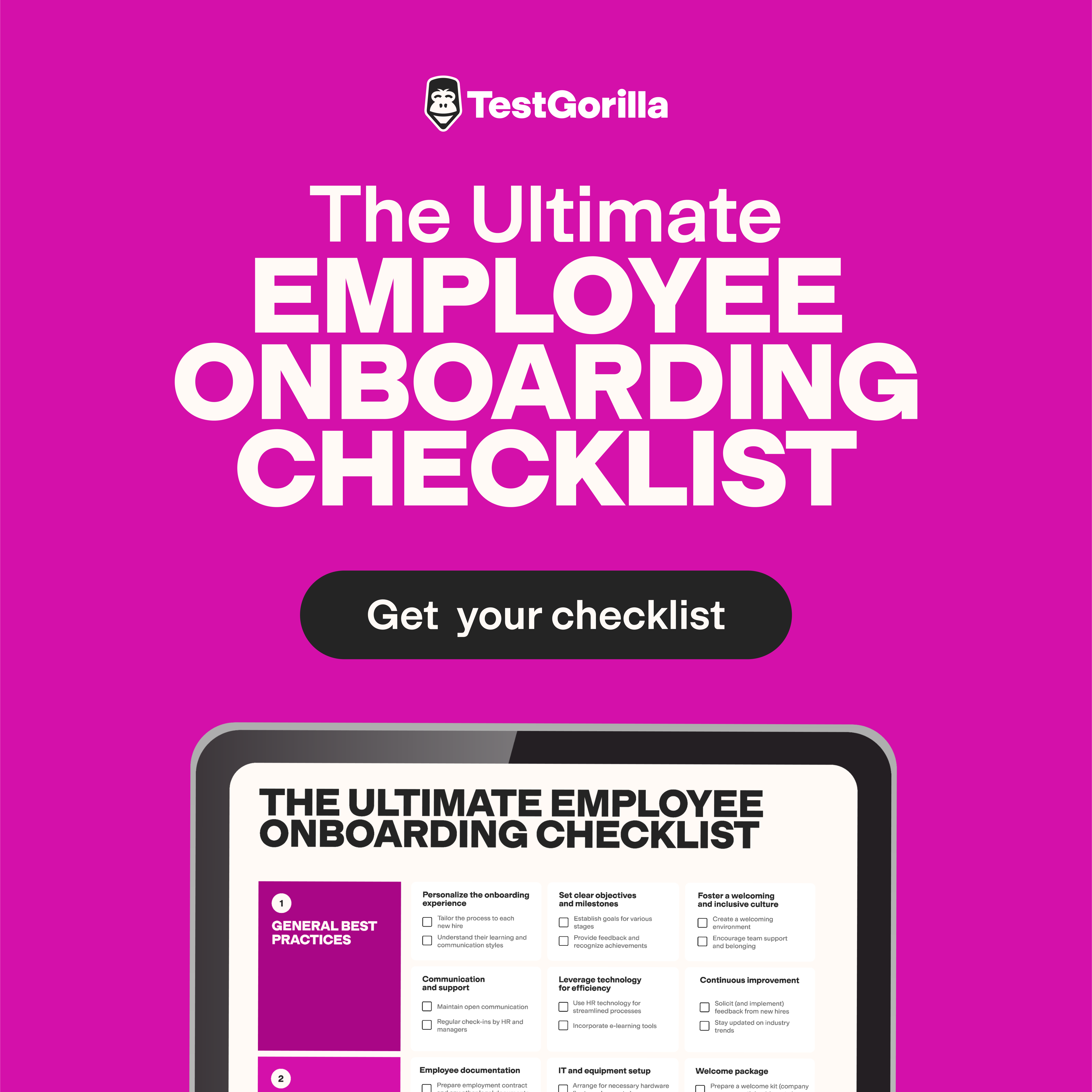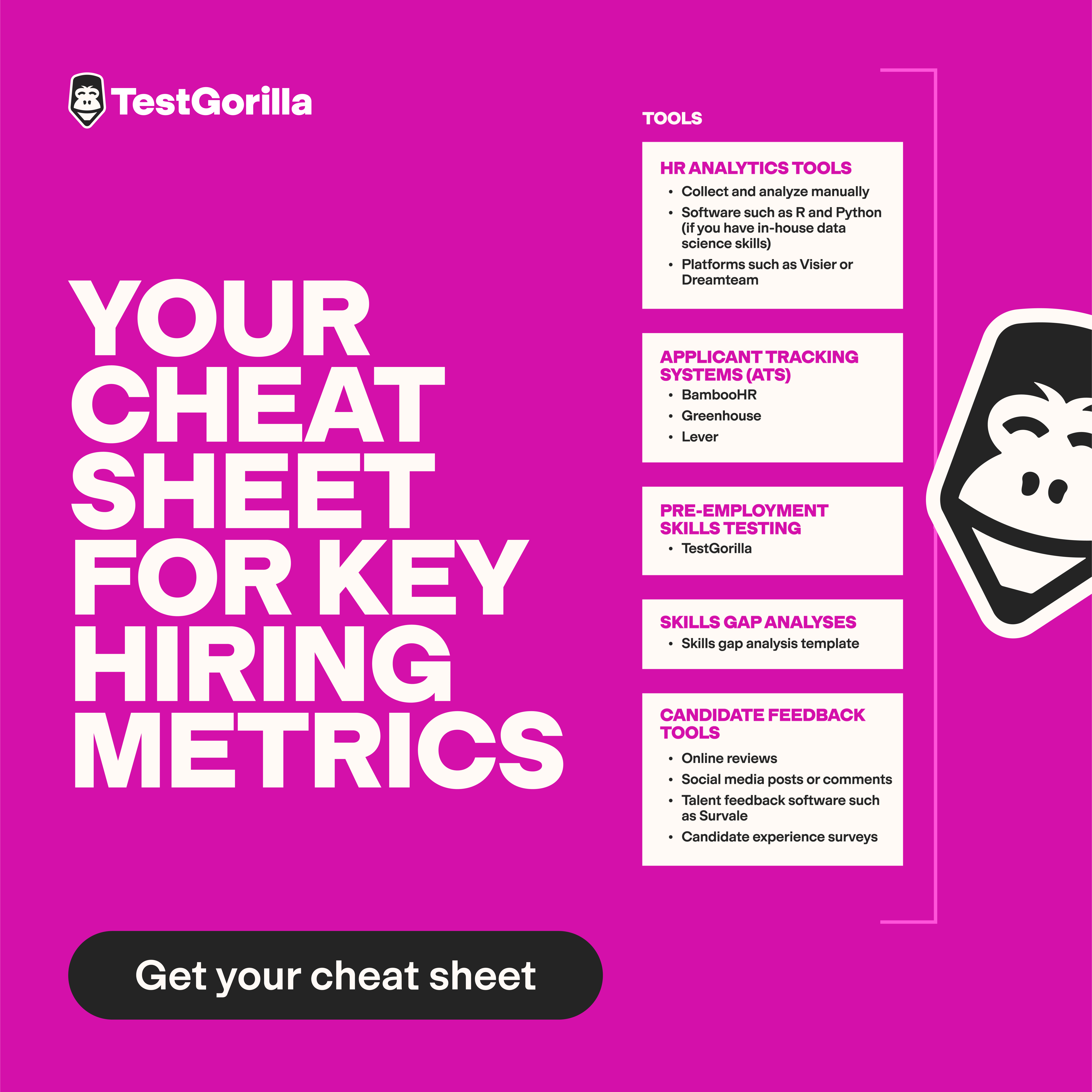Analytical skills cover various types of skills, from data analysis to effective learning and prioritization. That's why the umbrella term can sound nebulous, confusing applicants and hiring managers alike.
That said, carefully prioritizing and assessing individual analytical skills can help you find better candidates for your job roles, regardless of industry, specialization, or seniority.
And you're in luck! Below, we break down 12 analytical skills examples and how to assess them.
What are analytical skills?
Analytical skills are a mix of abilities and methodologies that enable professionals to break down complex problems, spot patterns, evaluate options, and tailor solutions.
They’re a subset of soft skills (or "human skills," as we like to call them). Soft skills – which also include adaptability, active listening, and communication skills – are behavioral and cognitive traits and abilities that contribute to more cohesive and productive teams.
12 analytical skills examples
Here are 13 essential skills that showcase candidates' analytical thinking across roles and industries.
1. Problem-solving
Problem-solving skills help you define and analyze a problem, identify and address its root causes, and optimize potential outcomes. Candidates who excel at it can work independently, improve processes, and increase client value in your business.
How to test problem-solving – example
Ask the candidate to figure out why a certain customer demographic is spending 10% less with your business than last year. Check if they use frameworks such as the Five Whys and hypothesis-driven problem-solving. Pay attention to cause-and-effect relationships and how respondents test their assumptions.
2. Critical thinking
Critical thinking skills enable workers to assess situations thoroughly using facts and unbiased reasoning. You can trust these team members to question common wisdom, produce creative solutions, prevent errors, and effectively review collaborators' work.
How to test critical thinking – example
Offer candidates a critical thinking interview scenario with incomplete or irrelevant information and see which details they request to solve the problem. For example, provide a list of revenues in a cost-saving exercise and see if they request expense figures instead.
3. Classification
Classifying scenarios, items, and even people into categories makes problems and potential solutions easier to research and analyze. For example, marketers might use classification skills to identify new customer segments, while interior designers might present different color schemes to residential clients.
How to test classification – example
Present candidates with a high-level category relevant to their role (for a recruiter, it might be an applicant pool). Ask them to prioritize three sub-categories to achieve a certain goal (like reducing time-to-hire). Then, check if they correctly divide, define, and analyze sub-groups in relation to the assignment.
4. Research
Research skills involve data collection, fact-checking, data interpretation, and synthesis across both quantitative and qualitative data. Great researchers don't excel in science and academia only – they also deliver first-class contributions in fields like compliance, law, marketing, and supplier management.
How to test research – example
Set candidates a research task under time pressure. An example is "Identify the top three market trends that will affect our business in the next five years." Specify the presentation method (e.g., three-minute speech, PowerPoint presentation) and look for strong data sources, a mix of stats and qualitative trends, logical interpretation, and tailored recommendations.
5. Numeracy
Numeracy reflects a solid understanding of basic math and finance. Roles in accounting and programming require it, but numeracy can also enhance performance in sales, project management, and other areas. Employees in certain roles may, for instance, have to estimate customer quotes, revenue growth rates, or event attendees.
How to test numeracy – example
Give job interview candidates a ten-minute task requiring basic calculations and/or formulas. Here's an example: "We currently have 20,000 monthly users. How many users will we have in 90 days assuming a 1% month-on-month growth?" Check formula and result accuracy, plus candidates’ comfort and speed with arithmetic and algebra.
6. Data analysis
Jobs in fields such as trading and user experience (UX) may need more than basic numeracy. Data analysis can require statistical modeling (plus statistical analysis), database querying, and visualization – supporting tasks like pricing new products and prioritizing marketing campaigns.
How to test data analysis skills – example
Offer candidates a mock data set with month-by-month sales figures and average customer spend. Ask them to find data insights and patterns and provide sales recommendations. Pay attention to the quality of assumptions, requests for further inputs (such as sales channels), and scenario-based recommendations.
7. Learning
Solid analysts optimize their learning journey from A to B by managing time, resources, and information to get up to speed. Agile learners are highly adaptive team members who can jump on new projects or client verticals – or transition from their previous role to their new role – with ease.
How to test learning – example
Ask candidates how they'd approach learning about a brand-new topic in 48 hours with a limited budget. For example, the topic might be a certain commodity market (for an investment analyst) or a new coding language (for a software developer). Look for self-evaluation, breaking down learning into chunks, using resources wisely, and benchmarking what "enough" looks like.
8. Decision-making
Your company's longevity depends on employees making sound decisions every day. These decisions rely on input quality, interpretation, and timing. For instance, support reps must decide how to de-escalate tense customer conversations, while marketing directors must pick between different ad ideas.
How to test decision-making – example
Use a situational question to test candidates' decision-making skills in a specific work scenario. For a software engineer, this could be: "You've identified a critical bug before a product launch. Do you release as-is or delay the launch? Explain your decision-making process." See if answers contain cost-benefit (or risk-return) analysis, logic trees, and valid data.
9. Prioritization
Workers who can prioritize effectively between different tasks or projects contribute to a more time- and resource-efficient team. Prioritization requires accurate effort-versus-impact estimation, understanding task dependencies, and reacting to change.
How to test prioritization – example
Ask candidates to prioritize between two or three options in a job-specific scenario. For example, have a product designer choose between prioritizing customer onboarding or checkout improvements in their next release. Assess strategic thinking – perhaps using frameworks like determining importance and urgency (the Eisenhower matrix) or prioritizing the 20% of inputs impacting 80% of the outputs (the Pareto principle).
10. Inductive reasoning
Inductive reasoning helps people conclude general observations from specific situations. This micro-to-macro thinking enables HR managers to improve staff working conditions, customer success managers to better train agents – and more.
How to test inductive reasoning – example
Give candidates a set of mock social media customer reviews and ask them to identify the wider customer base's core issues. See how respondents separate facts from assumptions and use probabilities and additional data points to reach conclusions.
11. Deductive reasoning
Deductive reasoning helps people solve specific cases using high-level rules or insights. For example, a compliance manager must apply financial, labor, and other types of regulations to their business's operations. Similarly, an innovation director might use industry and demand trends to provide internal recommendations.
How to test deductive reasoning – example
Ask candidates what new product they'd add to your portfolio based on market trends. This question tests applicants' industry and company knowledge, alongside deductive analytical methods, such as if-then logic and cause-and-effect relationships.
12. Forecasting
No one can predict the future – but great forecasters show which scenarios stand a good chance. They look at historical data, make informed assumptions, and generate probability-based predictions. This skill set helps future-proof your business, with applications in sales, market research, engineering, finance, and more.
How to test forecasting – example
Share a sample company's multi-year employee turnover data, along with national and industry hiring figures. Ask candidates to forecast next year's employee turnover and explain their process. Look for a robust scenario-based forecasting model, accurate calculations, and next steps (for example, workforce planning recommendations).
The best insights on HR and recruitment, delivered to your inbox.
Biweekly updates. No spam. Unsubscribe any time.
Assess analytical skills to hire top candidates
Analytical skills enable employees to find quicker, more effective solutions to problems big and small. This sends ripple effects through your organization, inspiring team members, wowing clients, and fattening your bottom line.
Well-rounded analytical thinkers excel in problem-solving, decision-making, research, and more. But most jobs don't require the full-blown package, so assess the sub-skills most relevant to your role.
A combination of assessment methods will help you find your strongest analytical-minded candidates. We recommend using skills assessments first. TestGorilla's assessment platform enables you to combine cognitive ability tests (such as our Problem-Solving test) with role-specific tests for a holistic, science-backed hiring process. You can even add custom questions with various answer formats – including the questions we present above.
Our assessments can give you insight into your candidates’ analytical thinking skills – and then you can probe deeper with analytical interview questions.
Want to learn more? Visit TestGorilla's test library or sign up for free!
Related posts
You've scrolled this far
Why not try TestGorilla for free, and see what happens when you put skills first.








